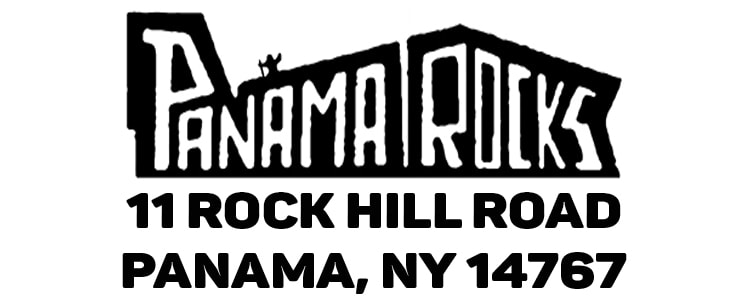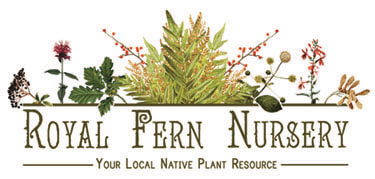|
One of the fondest memories from my childhood is finding and raising Monarch caterpillars into butterflies with my mother. Now, I enjoy continuing this tradition every summer with my daughter. Raising Monarchs isn't only fun, it has a wide range of benefits!:
"Teaching a child not to step on a caterpillar is as valuable to the child as it is to the caterpillar." - Bradley Miller Monarchs, like other butterflies and moths, undergo metamorphosis and have an egg, larva (caterpillar), pupa (chrysalis), and adult stage (butterfly). Because Monarchs only lay their eggs on milkweed plants, you need to find milkweed to find Monarch eggs or caterpillars. You will also need a good supply of milkweed leaves for Monarch caterpillars to eat - and they eat a LOT of leaves! Make sure that you do not get leaves from areas sprayed with herbicides or pesticides, which can kill Monarchs or prevent them from growing into a healthy butterfly. Monarch butterflies lay their eggs on the bottom of milkweed leaves. Both eggs and young caterpillars are very fragile, so be careful when looking for them. If you collect a leaf with an egg, be sure to put the leaf stem in water so that it stays alive long enough for the baby caterpillar to hatch and have a food source (don't submerge the egg in water). The easiest way to do this is to place the leaf in a glass with a small amount of water. Don't place too many caterpillars in one enclosure in order to prevent the spread of diseases. We use a few small plastic terrariums, but you can also use plastic boxes with air holes. Also, DO NOT RAISE YOUR BUTTERFLY INDOORS: Place your Monarch enclosure in a safe location outside and make sure it has good ventilation. Growing research indicates that Monarchs raised indoors have trouble migrating! When the caterpillars hatch they will begin to grow quickly. The Monarch caterpillar will live on milkweed for approximately two weeks (depending on temperature), eating almost constantly, pausing only to shed its skin. The period between each shedding of the skin, or molt, is called an instar. Monarchs have five larval instars and grow to almost 2,000 times their original mass! Make sure you have access to fresh milkweed every day or so (you can plant your own milkweed patch for future years to create a Monarch way station). You will also want to clean your Monarch enclosure frequently (caterpillars poop a lot) to prevent disease. We like to place a paper town on the bottom of our enclosure, which can be changed our every day or two. Its best to NOT touch the caterpillars because they are very delicate. After about two weeks, the caterpillars will climb to the top of their enclosure, hang upside down in a "J" shape, and transform into a green chrysalis (make sure they have a few inches clear to hang their chrysalis). In another two weeks or so a butterfly will emerge from the chrysalis and you can release it into the wild once its wings stiffen! For more information on Monarchs, check out Monarch Watch! For a fun kids book on Monarchs check out "Hello, Little One: a Monarch Butterfly Story" on the Panama Rocks Bookshop! Purchases made on the Panama Rocks Bookshop help support our little park!
1 Comment
Your comment will be posted after it is approved.
Leave a Reply. |

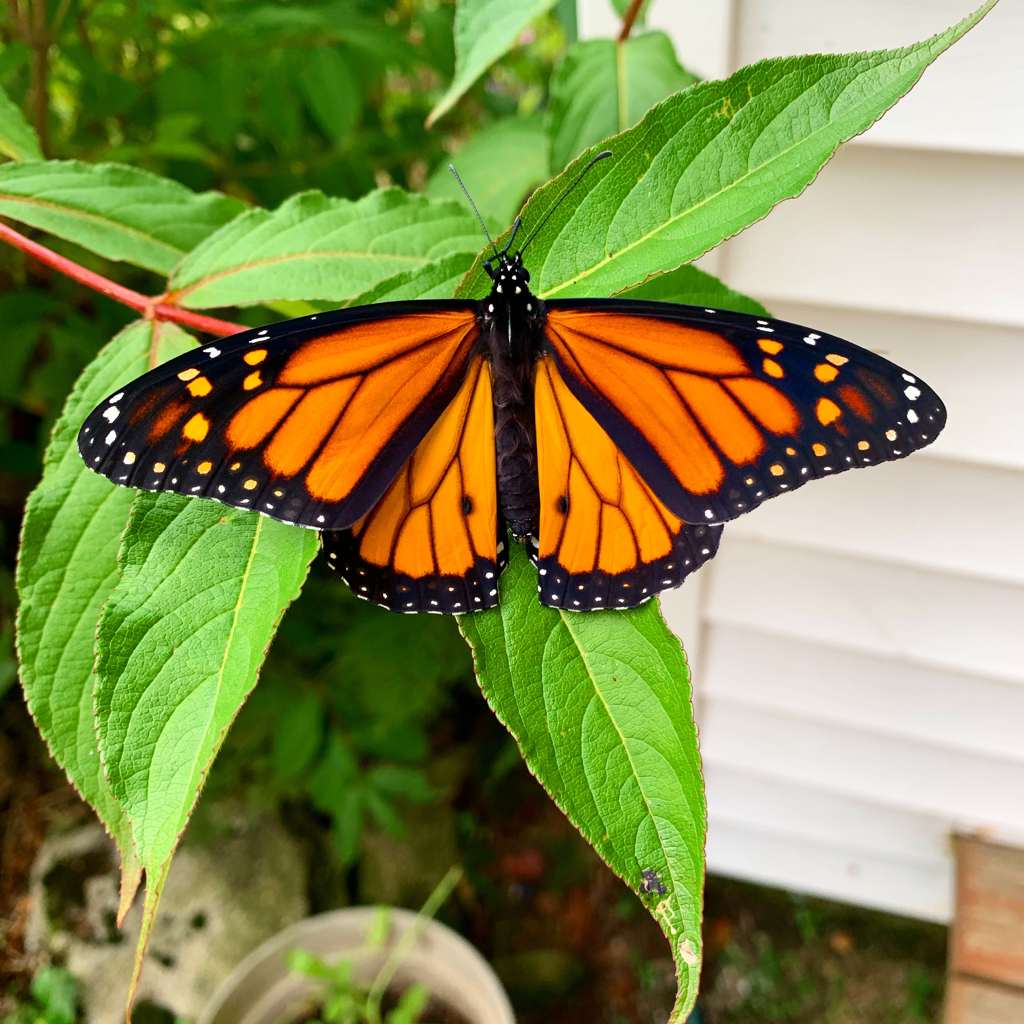
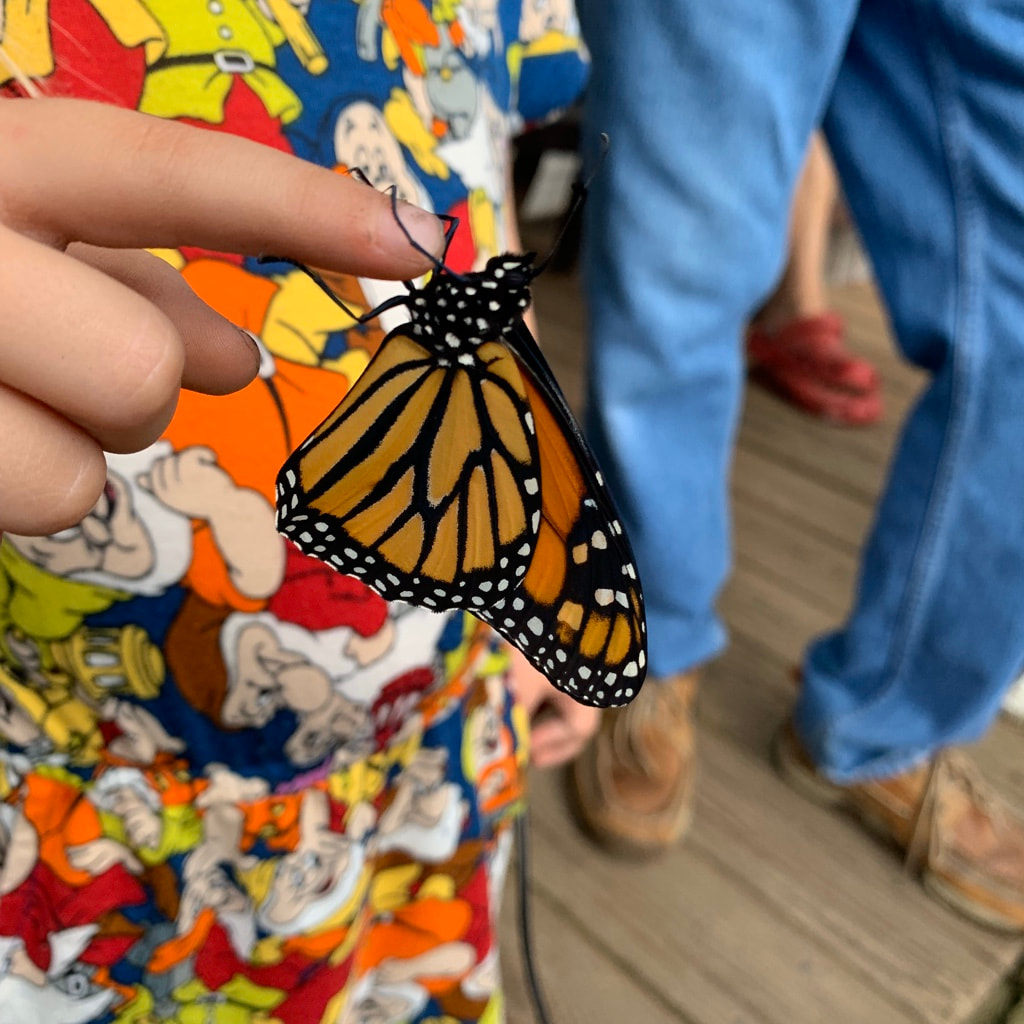
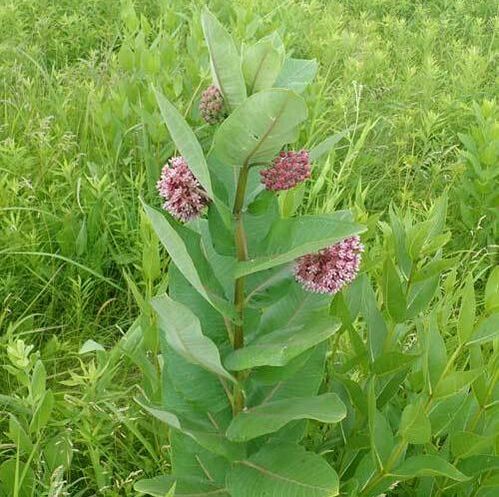
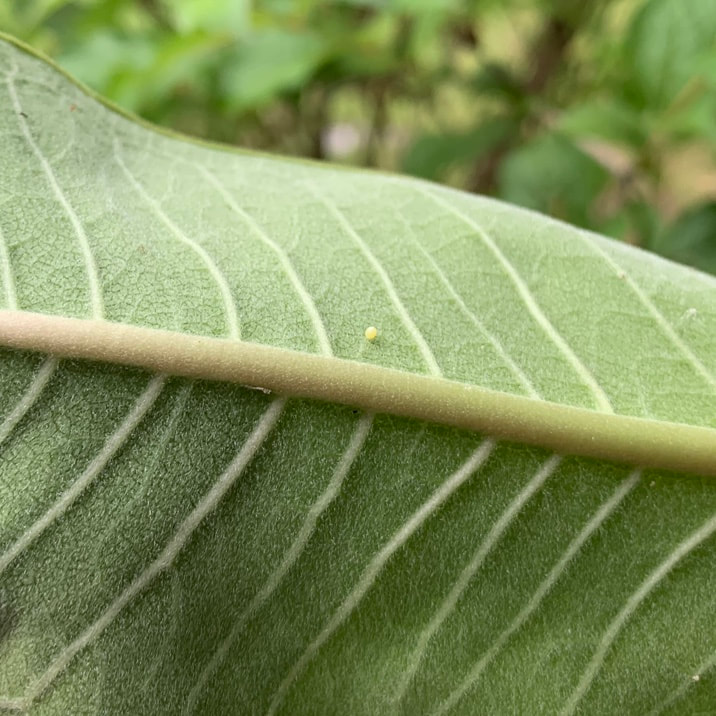
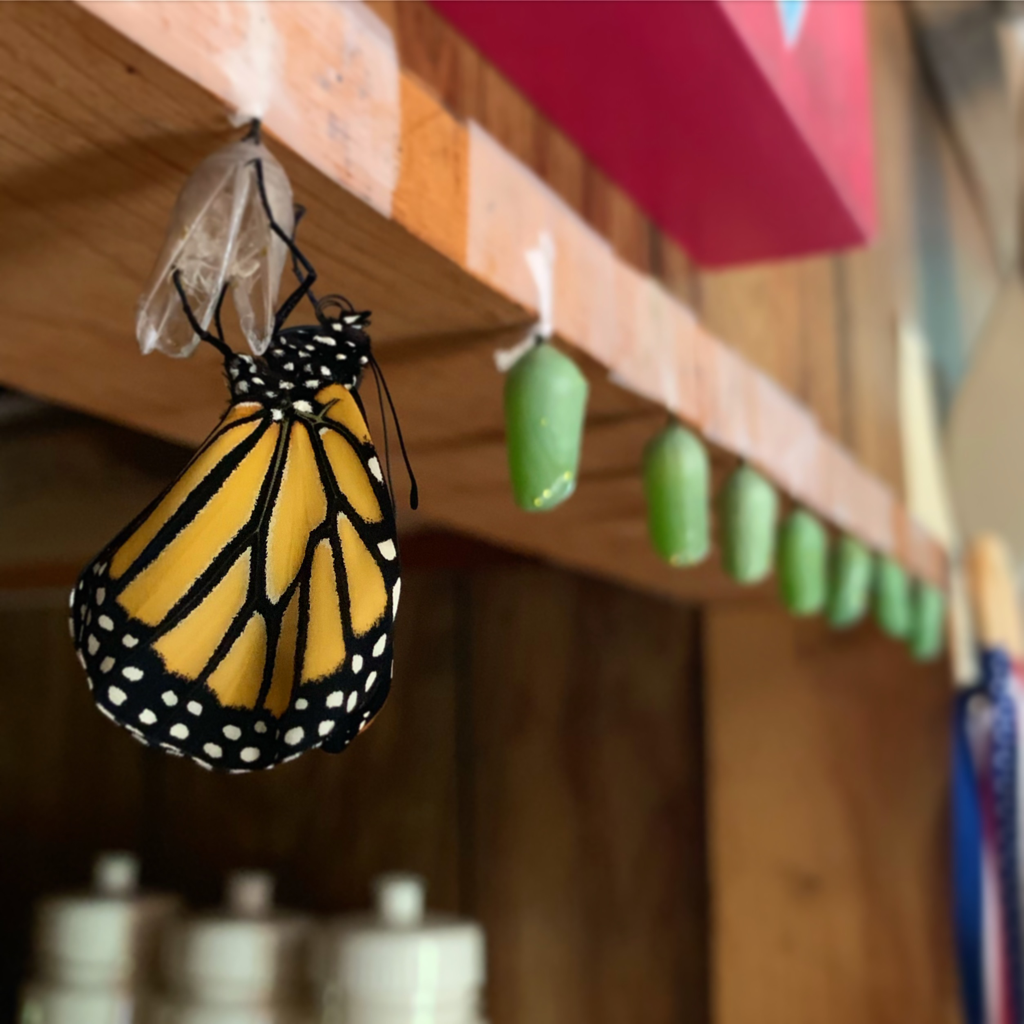
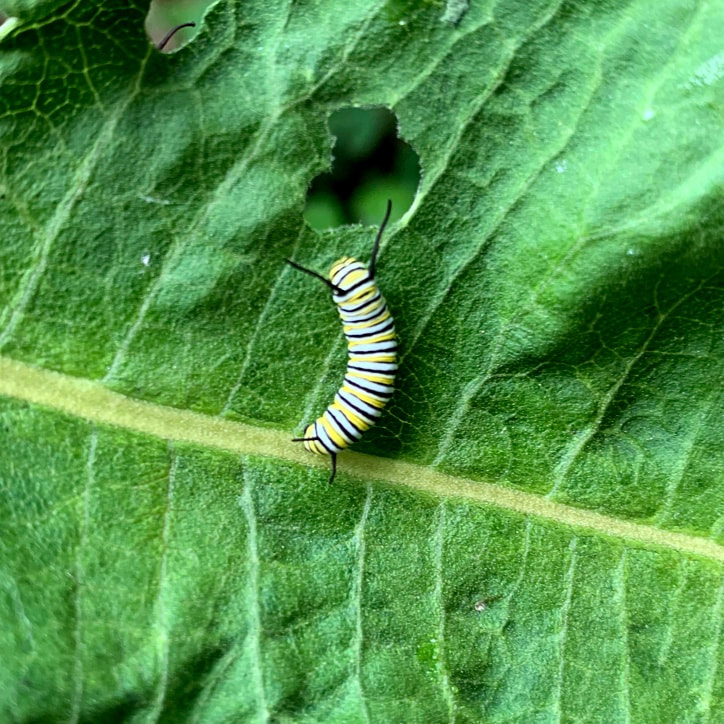
 RSS Feed
RSS Feed
